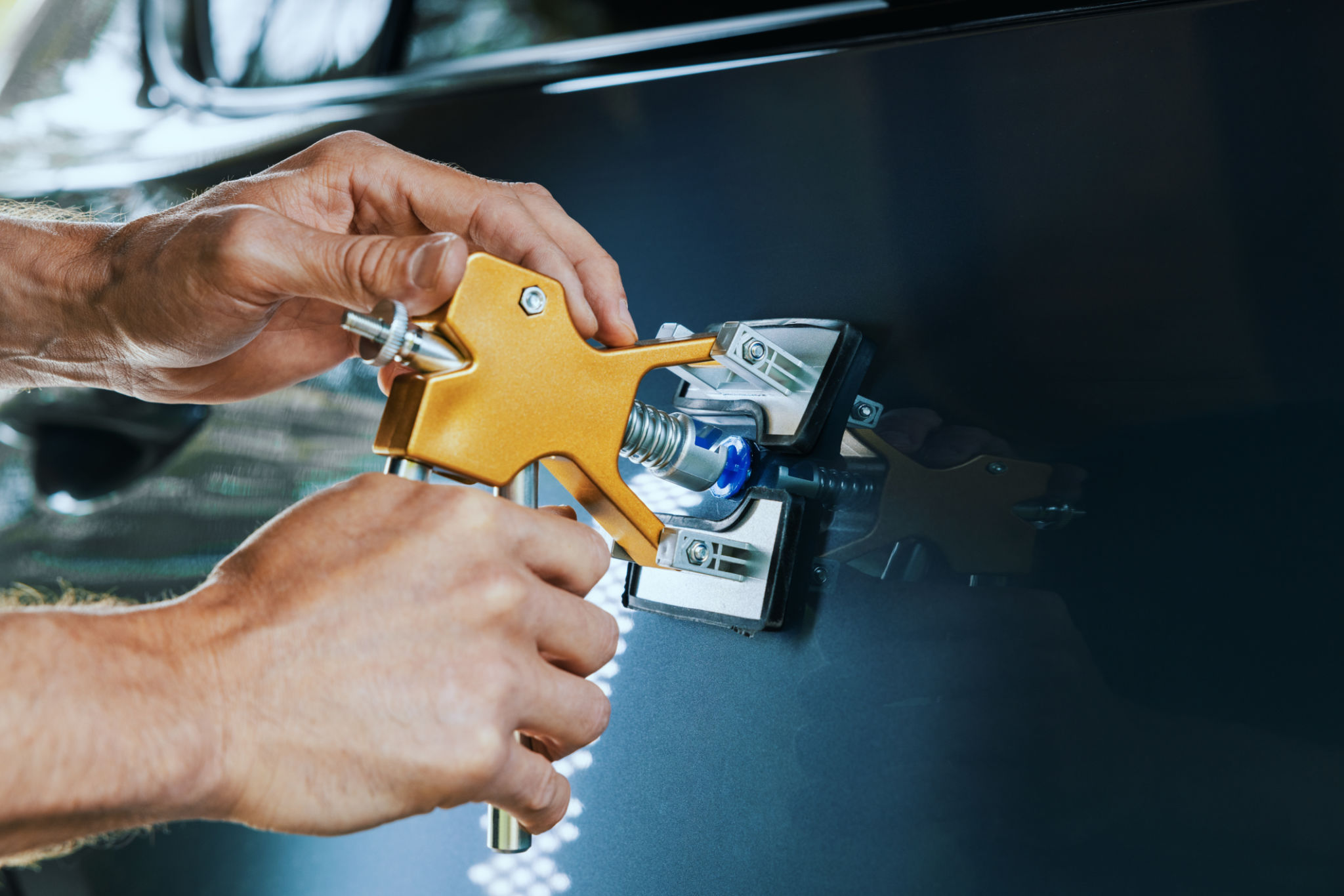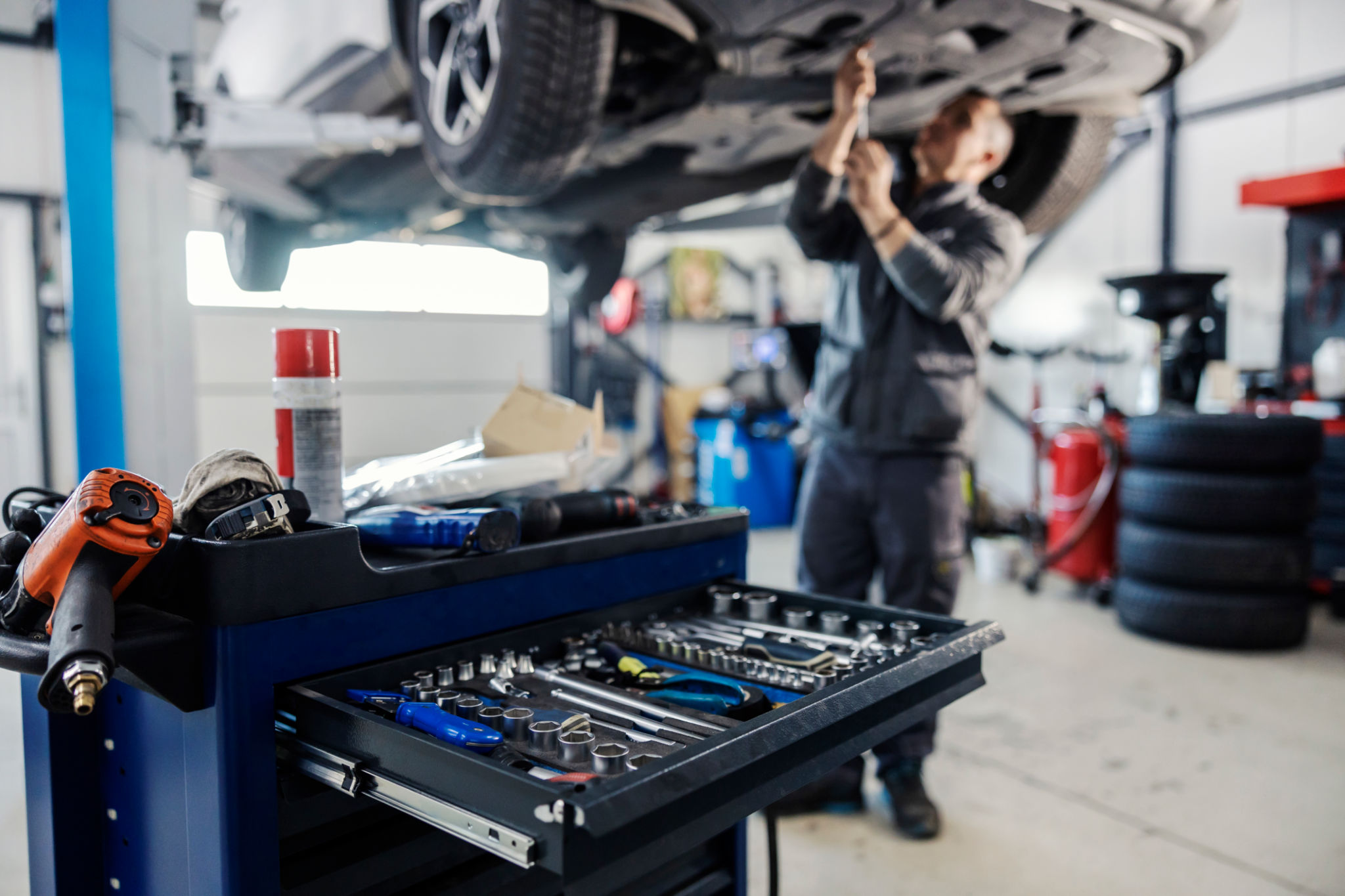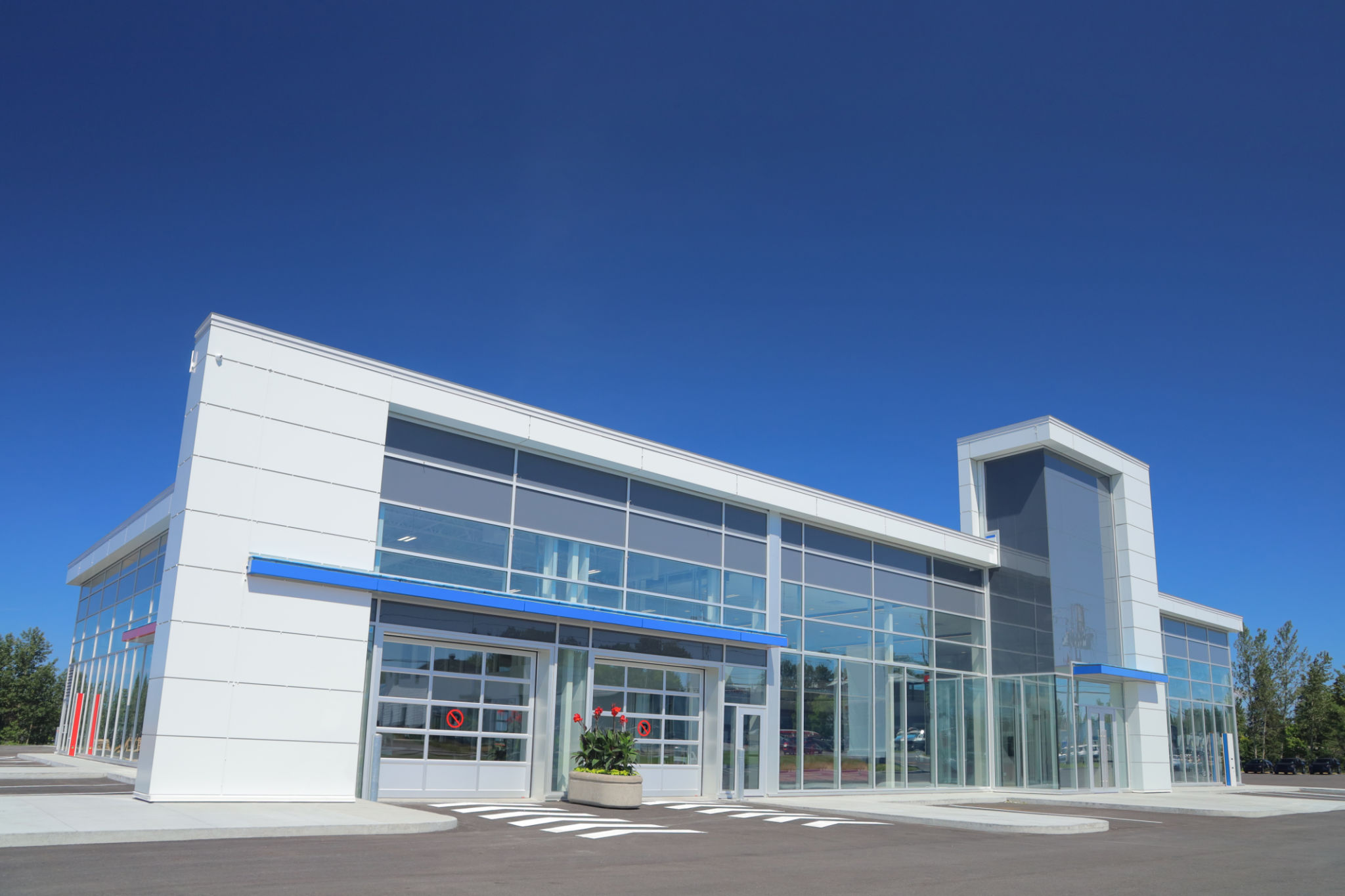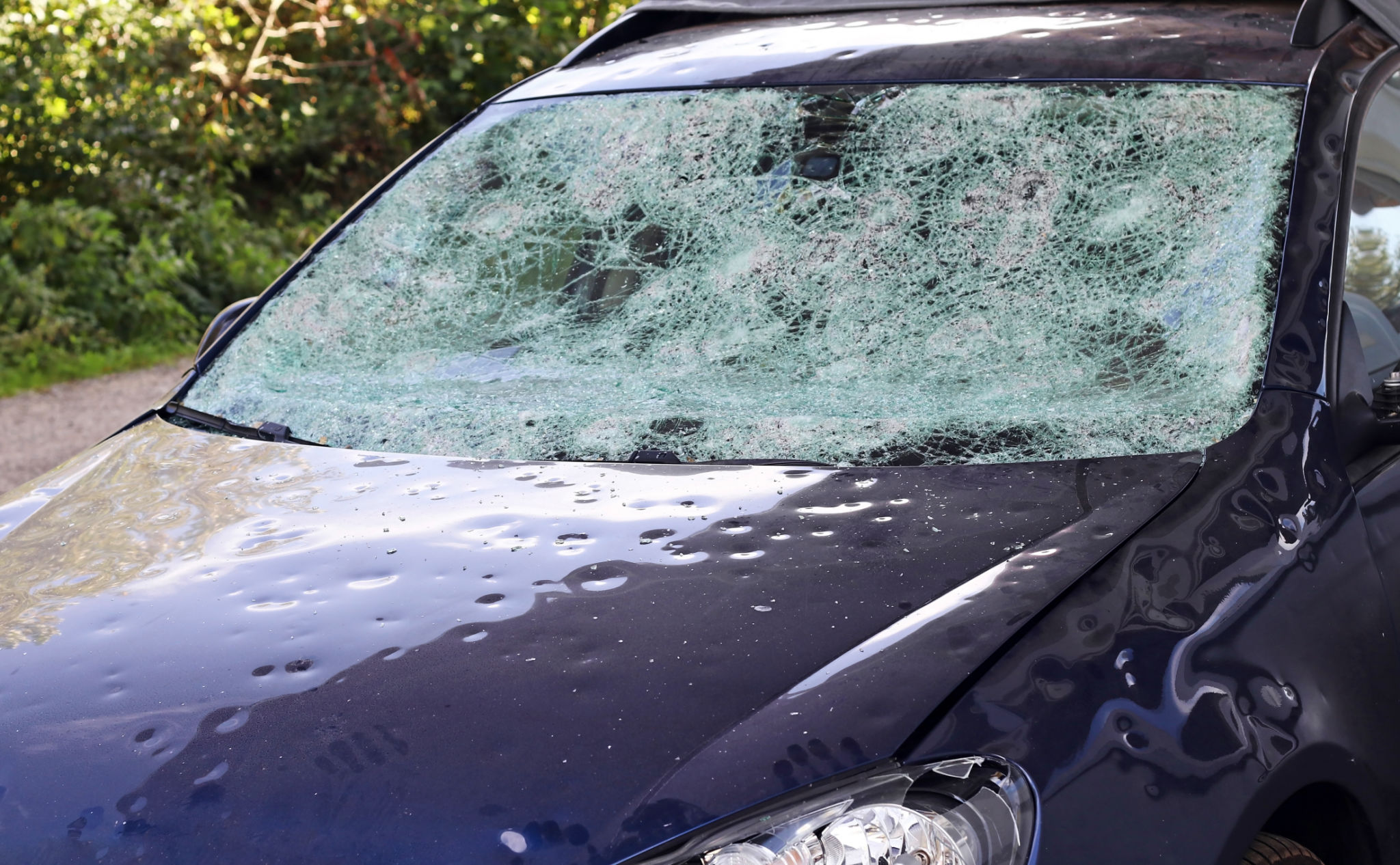Why Choose Paintless Dent Repair Over Traditional Methods?
The Rise of Paintless Dent Repair
In the world of automotive repair, paintless dent repair (PDR) has emerged as a preferred method for addressing minor dents and dings. Unlike traditional methods that involve sanding, filling, and repainting, PDR offers a less invasive solution. This technique restores the car's original look without compromising the factory finish.
The growing popularity of PDR is not just a trend; it's a testament to its effectiveness and efficiency. For car owners looking to maintain their vehicle's value and appearance, understanding the benefits of PDR over traditional methods is essential.

Cost-Effectiveness
One of the primary reasons car owners opt for paintless dent repair is its cost-effectiveness. Traditional dent repair methods can be expensive due to the materials and labor involved in sanding, filling, and repainting. In contrast, PDR requires fewer resources, making it a more affordable option.
Moreover, because PDR doesn't involve paintwork, there's no need to worry about color matching or paying for additional materials. This translates to significant savings for vehicle owners.
Time Efficiency
Time is another critical factor when choosing between PDR and traditional methods. Conventional repairs can take several days to complete due to the drying and curing processes involved in repainting. In contrast, PDR can often be completed within a few hours, depending on the extent of the damage.

This speed not only minimizes the inconvenience for car owners but also means they can get back on the road much sooner. For busy individuals, this quick turnaround is a significant advantage.
Maintaining Original Paint
One of the standout benefits of paintless dent repair is its ability to preserve the vehicle's original paint. Maintaining the factory finish is crucial for preserving the car’s resale value, as any deviation from the original paintwork can be a red flag for potential buyers.
By keeping the original paint intact, PDR ensures that there are no discrepancies in color or texture, which can occur with traditional methods. This aspect makes it particularly appealing for luxury and vintage car owners.

Environmental Benefits
In an era where environmental consciousness is increasingly important, PDR offers a greener alternative to traditional dent repair methods. Traditional repairs involve using chemicals and paints that can be harmful to the environment. PDR, however, minimizes the need for such materials.
This reduction in chemical use not only benefits the environment but also creates a safer workplace for technicians. For eco-conscious consumers, choosing PDR is an easy way to reduce their carbon footprint.
Versatility and Effectiveness
PDR is versatile and effective for a wide range of dents and dings. Whether caused by hail damage, parking lot mishaps, or minor collisions, PDR can often restore the vehicle’s surface to its original condition without compromising structural integrity.
While it's not suitable for every type of damage—such as severe dents or those with significant paint damage—PDR is an excellent option for many common issues. This versatility makes it a valuable tool in any car owner's repair arsenal.

Conclusion
In summary, paintless dent repair offers numerous advantages over traditional methods for addressing minor dents and dings. Its cost-effectiveness, time efficiency, ability to maintain the original paint, environmental benefits, and versatility make it an attractive option for many vehicle owners.
As more people become aware of these advantages, PDR will likely continue to grow in popularity. For those looking to maintain their car's value and aesthetics while saving time and money, choosing paintless dent repair is a wise decision.
